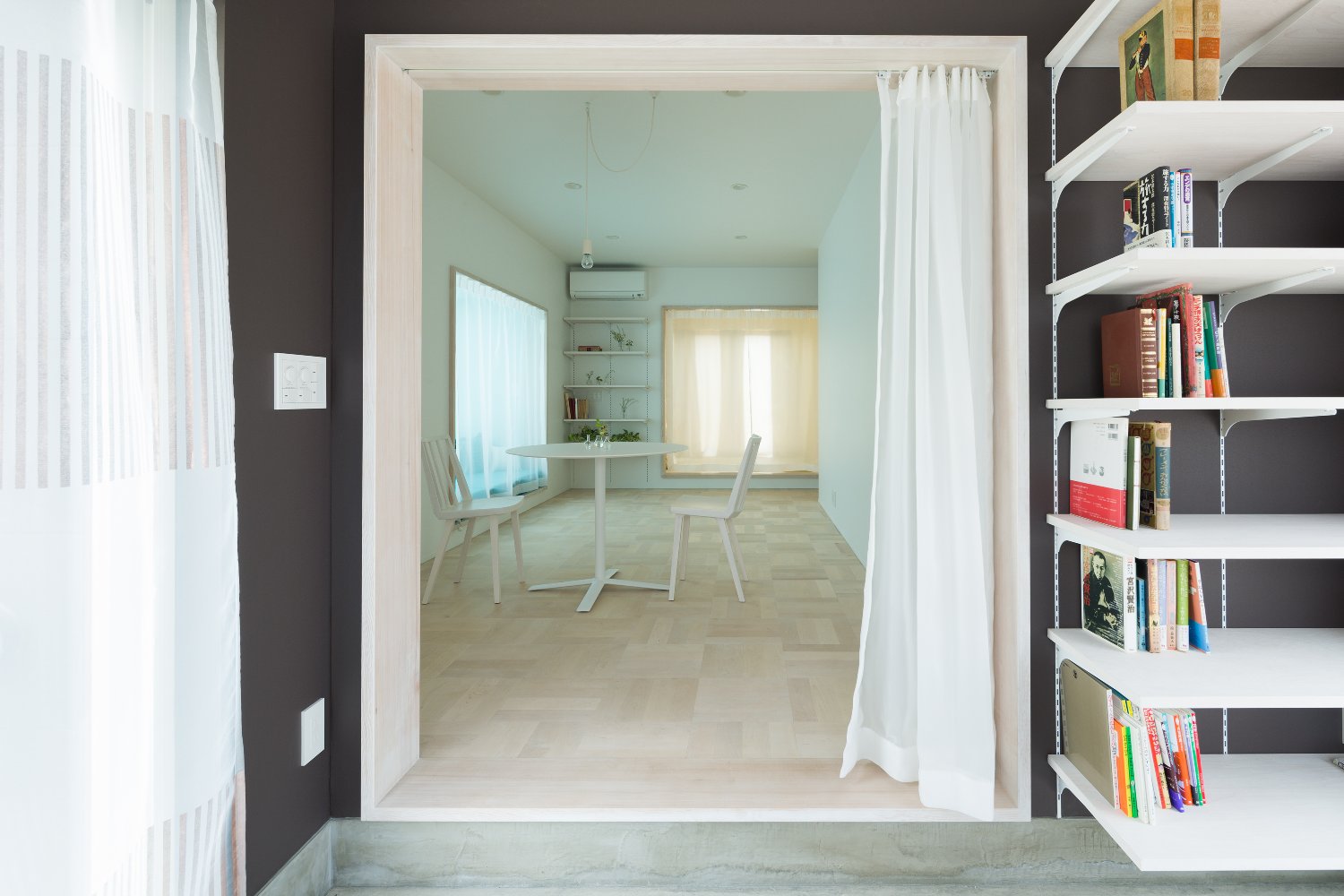
July 13, 2016
A Japanese Home That Transforms the Humble Window Sill
Inspired by the way a cat inhabits the windowsill, ikmo architects conceptually transformed this home’s windowsills into small, configurable rooms.
All images courtesy ikmo architects
The state of commercial house production in Japan has cultivated, in the words of architect Yuko Higo, a market of “people buying houses like commodities.” Believing instead in giving owners the option (and the fun) of designing their own homes, Higo and her firm, ikmo architects, have developed an alternative to the mass-fabricated house: Cotoiro.
The house was the result of a design competition (organized by a window sash manufacturer and a commercial house seller) that asked architects to consider “new ways of living near the window.” Inspired by the way a cat inhabits the windowsill, ikmo architects conceptually enlarged the sill to the scale of a small room, where activities—such as reading, studying, napping, or chatting—can take place, with the benefits of fresh air and natural light. Buyers can then attach their own choice of 25 window-rooms (mado-beya) onto a basic cubical space.
“Most Japanese houses have interior spaces separated from the outside, with windows that function as clear boundaries between indoor and exterior,” ikmo principle Yuko Higo says. “Even if developed as a product for an anonymous client, the concept will stimulate lively window-living.”
Higo expects the house to make a much larger impact on society than merely improving that of its owners: ‘The small spaces attached to the house stimulate communication with neighbours, the human activities inside the mado-beya make the town more attractive, while differently configured Cotoiro houses assembled together can make a beautiful townscape.”
The first realized prototype—a simplification of the initial competition scheme—stands in Oita city as a model house which will go for sale later this year.






















